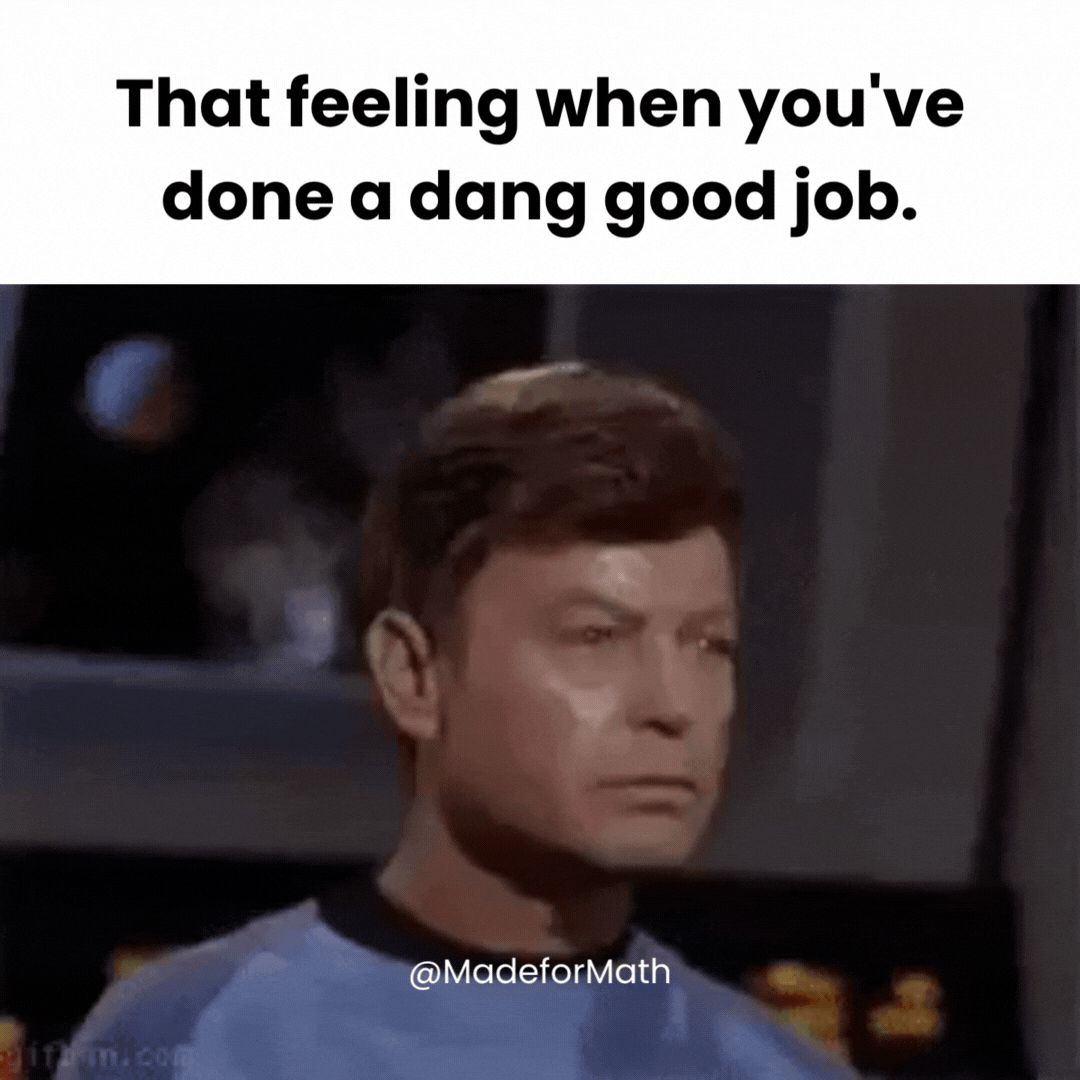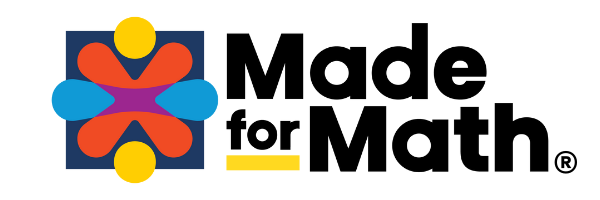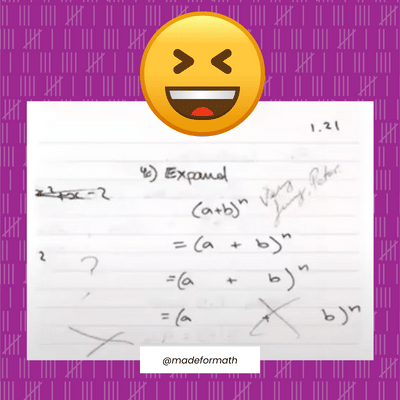Experience Assessment Glee: How this Dyscalculia Assessment Puts the “I” back in IEP
What happens when you’re a school psychologist and feel like Dr. McCoy of Star Trek trying to make sense of a student’s IQ and math achievement testing? And then let’s add in eager teachers and parents looking to YOU for answers on how to help a student with dyscalculia or a mathematics learning disability (MLD). To complicate it further, this student hasn’t made progress in three school years!

Discover in this 42-minute interview how Dr. Steven Feifer rose to the challenge and became a miracle worker for students with dyscalculia through his creation of the Feifer Assessment of Mathematics (FAM). His work allows us to identify student strengths within perceived weaknesses in math. This is done by identifying where a student lies within 3 subtypes. Dive into the conversation by listening or reading more below.
Table of Contents
What is the origin story of the Feifer Assessments of Mathematics (FAM) for dyscalculia?
Many years ago, Dr. Feifer found himself working as a school psychologist. His job was to help uncover why students were struggling and make suggestions for parents and teachers to better teach. At the time, he had very limited tools for IQ tests and academic achievement. It could tell him a small bit of information such as what topics the student struggled with but not really why the struggle was present. And definitely no info on how to best support this student’s unique brain wiring.
Dr. Feifer has always had a strong interest in biology and how the brain functions which lead him to dive into neuropsychology very early in his career. Feifer shared, “In the past, we treated education, psychology, and neuropsychology as separate fields. There’s a path where they ultimately overlap”. He discovered that translational research in neuroscience could be directly applied to the classroom. Feifer was hooked and quickly found himself practicing educational neuropsychology so that he could assess students.
During this time, he began presenting on stages about how his work could be applied in classrooms. Around 2010, one of the representatives from PAR (a prominent publisher of psychological assessments) approached Feifer after one of his presentations with a proposal to create an assessment, “Upon hearing that opportunity and knowing a good opportunity when I see it, I politely turned him down. I had no interest”.
Thankfully, PAR was persistent and continually approached Feifer to reconsider. Good thing the PAR representative shared a vision for an assessment that could make a huge impact on students to receive targeted interventions that speak to the individuality of the student. Feifer was sold on the vision seeing it as an opportunity to make a bigger impact on this field. He went on to create the Feifer Assessment of Reading (FAR), Feifer Assessment of Mathematics (FAM), and the Feifer Assessment of Writing (FAW) which was released in 2020.
What are the challenges in diagnosing dyscalculia?
Many might believe that diagnosing why a student is struggling is pretty straightforward. The process is anything but linear but rather multifaceted. Our founder Adrianne Meldrum has lots of experience with the FAM as she has been knee-deep in results for students here at Made for Math but also personally with her son.
The FAM was able to identify the areas of struggle in mathematics but uncover a strength within the weakness. Her son had never been identified as needing an accelerated math curriculum until receiving these assessment results. The FAM was able to accurately show that he was above the 90th percentile in semantic index reasoning (think understanding how numbers work, understanding their size, etc) but was below the 50th percentile in verbal (ability to recall math facts accurately and with speed).
Does that feel like gobbledygook terminology? Don’t worry. We’ll explain more. The FAM uncovered that this student could thrive in advanced math classes with support for his weakness in the verbal index through the use of near-point references such as a math fact chart.
Feifer acknowledged this story illustrates how slippery the diagnostic process can be due to uncovering those strengths and weaknesses inside of one student. In this example, Feifer shared that the FAM was able to accurately show what this student was capable of with the right support.
What are the subtypes of dyscalculia?
Let’s clear up those gobbledygook terms. The FAM has three subtypes: procedural, verbal, and semantic. Time for some concrete examples of what we mean:
Procedural: This is the student’s ability to count, order, sequence numbers, or apply mathematical procedures.
Verbal: These skills are focused on supporting math fact retrieval and the language (linguistic) side of mathematics.
Semantic: This is the student’s understanding of visual-spatial aspects of mathematics, more significant concepts such as place value, patterns, and number sense.
These subtypes were created with the intention to help teachers and parents identify very specific interventions that are aimed to build up the skills the student needs help with. Feifer hoped it would help individualized education plans (IEPs) become better than what he’s seen historically,
“One of my frustrations being in the schools for so long is I didn’t see enough IEPs. I saw GEP (Generic Education Programs). You’ve read one. You’ve read them all… What happened to the I (Individualized Education)?”
The FAM is a great tool to help bring out the “I” in individualized education.
Are you looking for some ideas on what could be included in an IEP? Be sure to check out our accommodations generator that uses these exact subtypes to help you brainstorm ideas that help the student.
What is the best frequency of testing to measure student progress?
You can use the FAM to map progress for students as much as you’d like as long as it has been more than 30 days. The FAM gives a tool called the Reliability Change Index that allows you to use it on one subtest or a collection of them. There also is a screener that has three subtests as well which may be an appropriate way to go.
How does this work exactly?
After you’ve administered the FAM, you should have identified areas of weakness and developed interventions to remediate those skills. Now the task becomes measuring progress to see if those interventions are working! After 30 days, you can go back and give the entire assessment or just parts. Once you have your scores, you look in the manual to see if the change scores from the first administration were large enough to reliably say that the intervention is causing a positive change. If not, adjust your intervention and wait to assess again.
Now you might be wondering, where in the world do we get someone to administer the FAM?
The FAM is given by a person with qualification standards set by PAR. This isn’t just for psychologists or neuropsychologists, it’s for educators too! The best tool for educators to give is the screener because the objective is to measure the effectiveness of an intervention, not diagnose someone. Feifer also mentions that you’ll want to enter your scores for the screener into the iConnect at PAR because it generates a 20-page report with all sorts of recommendations to assist the student. If you are looking specifically for a diagnosis, then you’ll want to find a psychologist or neuropsychologist that has access to the FAM.
New assessment development – anxiety/trauma anyone?
The COVID-19 pandemic has brought many challenges to education with many students falling behind due to a lack of quality instruction and some were already struggling before school went online. One issue is to accurately identify which students could really benefit from receiving targeted interventions and which are ultimately struggling with math anxiety. Feifer and his team are working on adding a math anxiety screener to assist educators in triangulating where the source of the struggle is really residing.
In addition, the Feifer team is creating another tool to look specifically at trauma and how it impacts students in these areas: emotional, behavioral, physiological, and academic. This new assessment also created a resiliency scale as well.
The Feifer team is also working on accurately translating the FAR assessment into Spanish which is more difficult than it looks due to the nuances of English whereas Spanish is more transparent.
Discover why 7-year-olds can make or break a dyscalculia assessment!
Dr. Feifer shared a vivid display of how students can quickly break your assessment with some of the most creative answers.
Just like McCoy in Star Trek, Dr. Feifer rallied experts around him to develop tools to help students with reading, math, and writing difficulties. Dr. Feifer, you are a miracle worker!
Want to learn more about dyscalculia? Check out the Unlocking Dyscalculia Web Series.
>>Take me to the Unlocking Dyscalculia Web Series Page

Dr. Feifer, you are a miracle worker!
💡 Get Ideas for Your Child's IEP Accommodations 💡
Our team created a super handy-dandy accommodations generator with custom suggestions based on your child’s unique needs! In 5-minutes or less, you’ll have a professional report complete with information about ideas to help your child succeed in the classroom.
MFM Authors

Adrianne Meldrum
CEO
is the Founder and CEO of MFM. She is a certified teacher with over a decade of experience tutoring middle and high school students in math. Adrianne’s goal is to bring multisensory math to as many students as possible.






